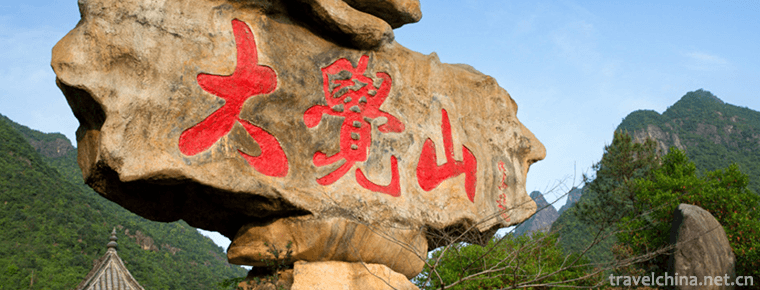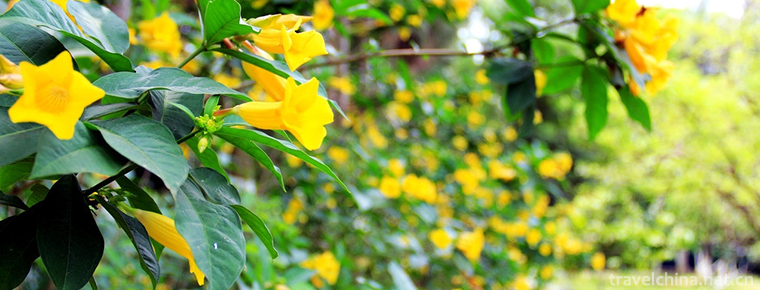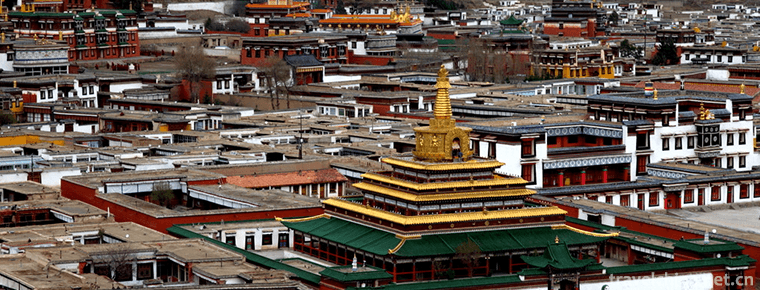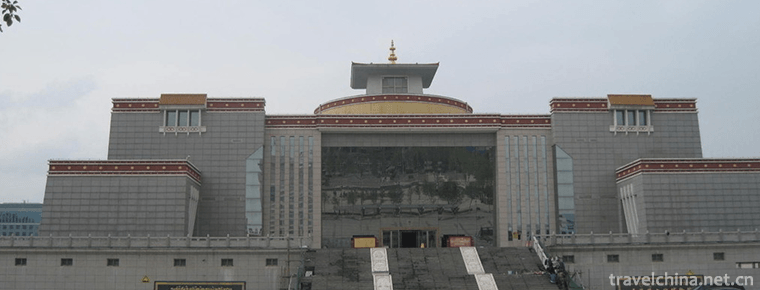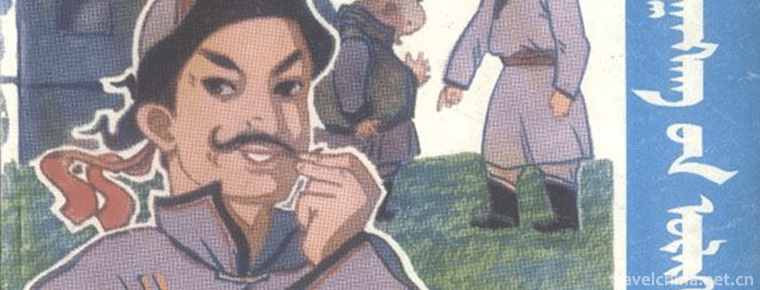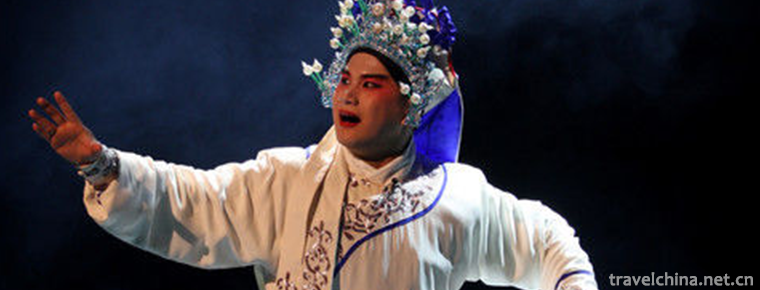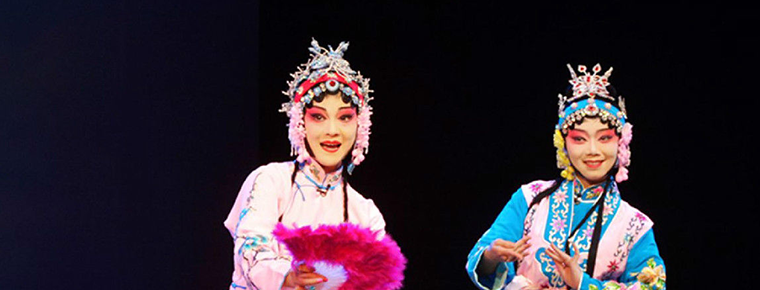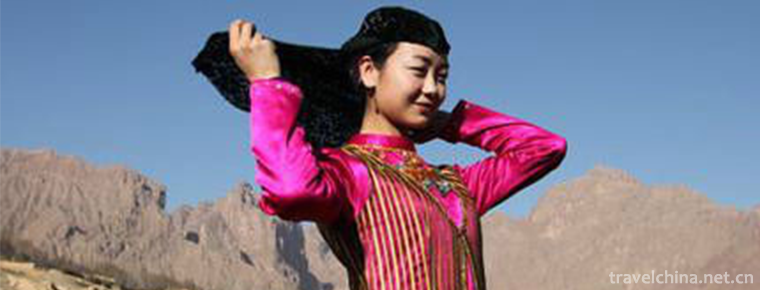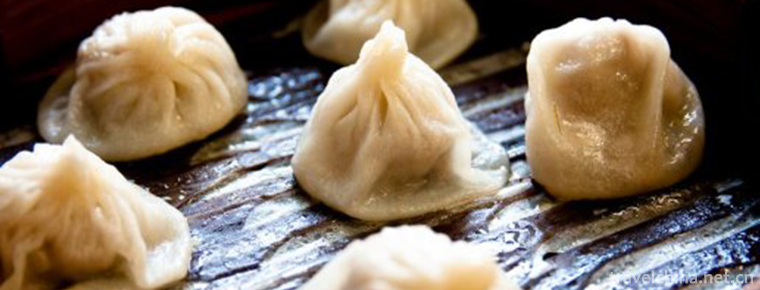Ding Zhen becomes popular and half moon looks haggard
Ding Zhen became popular half moon, haggard face, eyes full of bloodshot, confessed that he liked riding and herding cattle most
In a short period of time, from domestic red to foreign, Ding Zhen is indeed the top traffic in the current network world. However, with the sudden increase of fame, the incidental changes can not be ignored. On December 4, Ding Zhen was interviewed by the media and the live broadcast made many fans want to cry. In the live broadcast, Ding Zhen looked nervous and was not in a high mood. He did not see the cheerful smile in the past.
In the interview, when the reporter asked, "which kind of life do you like better than the previous life?" Ding Zhen confessed that he preferred the days of riding and herding cattle to the life that attracted much attention. This answer is very cruel to Ding Zhen. It also indirectly reflects the social effect after the popularity of Ding Zhen, which has caused some troubles to Ding Zhen's life. The first possibility to bear the brunt is to face continuous interviews. Take the latest group interview as an example. The posture is similar to interrogation, which has created a strong sense of oppression and restraint on Ding Zhen.
If Ding Zhen first attracted everyone is "clear eyes, pure smile", and wants to protect this piece of simplicity, then we may be disappointed.
From Ding Zhen's popularity to his signing company's itinerary, his itinerary density is comparable to that of a star. He has been shooting Litang promotional films, going to Chengdu to attend publicity meetings, studying, going to work and live broadcasting. It can be said that he has been paying the price of popularity with his freedom every day after his popularity. Therefore, in the latest live broadcast, when you see that Ding Zhen's eyes are tired and his eyes are full of red blood, you can realize that Ding Zhen's identity has changed. He has become a social worker and is far away from his free riding life.
Moreover, his smile has become unnatural, and he is more nervous about the camera than in the past. Earlier, Ding Zhen said that he didn't know why he was liked by everyone. His colleagues told him that his netizens liked his smile, so every time he appeared, he would greet everyone with a signboard smile. This time, his smile was too embarrassed to smile.
The Ding Zhen effect lasted for a long time because of his choice. When other networks became popular, they directly turned into live broadcast to make money. He used red to feed the construction of his hometown, which won great favor from passers-by and further stimulated the interest of the outside world. However, excessive exposure is a kind of injury to ordinary people. The media swarmed to his hometown with the risk of high altitude reaction, watching, tracking and broadcasting his life, hoping to find the first-hand news.
Internet users with his every move or advocacy or ridicule, almost every second someone is looking forward to his car overturning. However, we all forget that Ding Zhen was originally a cowherd boy, and ignored his real living environment and acceptance ability, and whether he could withstand these great changes.
In this interview, Ding Zhen said that he would learn Chinese well. He would go out without relying on others and take his parents to see the outside world. This is also Ding Zhen's psychological reflection after his popularity. Of course, he also maintains his self-esteem. Before that, Ding Zhen's dream was to be the first pony runner. After a business trip in Chengdu, he had a new imagination of the world and a new plan for his own life.
In that sentence, Ding Zhen's red is accidental. There is a big gap between Ding Zhen's red star and other Internet celebrities or stars in terms of social experience and cultural level. If he is overexposed for traffic, it will only backfire. As Ding Zhen's boss said, protect his self-esteem and give him enough room for growth.
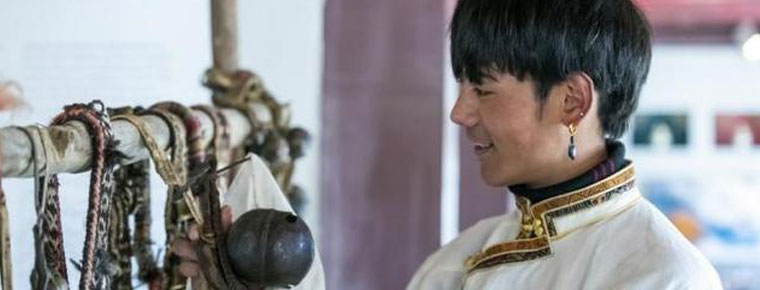
-
Dajueshan Scenic AreaZixi County Fuzhou City
Dajueshan is located in Zixi County, Fuzhou City, Jiangxi Province. Dajueshan is rich in wildlife resources and widely distributed. It is praised by experts as "Natural Oxygen Bar, a rare gene ba.
Views: 251 Time 2018-12-08 -
Beiting Old City Site
The site of Beiting Old Town is the ruins of Beiting Mufu in Tang Dynasty. It is located 12 kilometers north of Jimusar County Town in Xinjiang Uygur Autonomous Region. In ancient times.
Views: 131 Time 2018-12-26 -
Guangxi Medicinal Herb Garden
Guangxi Medicinal Botanical Garden is located in Xiangzhu Avenue, Nanning City, Guangxi Zhuang Autonomous Region. It was founded in 1959 and covers an area of 202 hectares.
Views: 116 Time 2019-01-13 -
La blun Temple
Labrang Temple is one of the six main monasteries of the Gelug Sect of Tibetan Buddhism. In 1982, Labrang Temple was listed as one of the key cultural relics protection units in China.
Views: 153 Time 2019-01-29 -
Qinghai Tibetan Medicine Culture Museum
Qinghai Tibetan Medicine and Culture Museum was built in 2006, with a total construction area of 12,000 square meters. It is the only comprehensive museum reflecting.
Views: 177 Time 2019-02-07 -
The Story of Barragan
Stories of witty figures of the Mongolian people in China. Long-term spread in Inner Mongolia, Xinjiang and other Mongolian areas. The protagonist Balagan Cang is the representative of the working peo.
Views: 231 Time 2019-04-02 -
Jiangxi opera
Gan Opera is a traditional opera which sings high-pitched, random-play, Kun Opera and other tunes in a multi-tone way. The dialect used is Gan dialect. Its origin and predecessor.
Views: 91 Time 2019-04-30 -
Hanju Opera
Han Opera, a local traditional drama in Wuhan, Hubei Province, is one of the national intangible cultural heritage..
Views: 136 Time 2019-05-02 -
Salar Costume
The traditional dresses of the Salar nationality are bright and bright in color and full of national characteristics. Salar costumes have two characteristics, namely (1) Islamic color of costumes; (2).
Views: 128 Time 2019-06-11 -
Traditional Cuisine Skills of Shanghai Bengang Cuisine
Benbang cuisine is a nickname for Shanghai cuisine and an important school of Han traditional catering culture in Jiangnan area. The so-called Ben Gang is local. It is characterized by thick red sauce.
Views: 132 Time 2019-06-13 -
Education in Luzhou
In 2017, the construction area of the completed school buildings in Luzhou city was 842500 square meters; 670 million yuan of tuition free, financial aid, and nutrition lunch program was arranged to subsidize students with financial difficulties from families, and 79747 students with financial .
Views: 360 Time 2020-12-14 -
Leshan culture
By the end of 2018, Leshan has 12 mass cultural centers, 12 public libraries, 10 museums, 218 cultural stations and 29 City cinemas. There are 12 free libraries, 12 cultural centers, 218 township cultural stations and 3 museums. 2003 rural libraries and 276.
Views: 365 Time 2020-12-17
